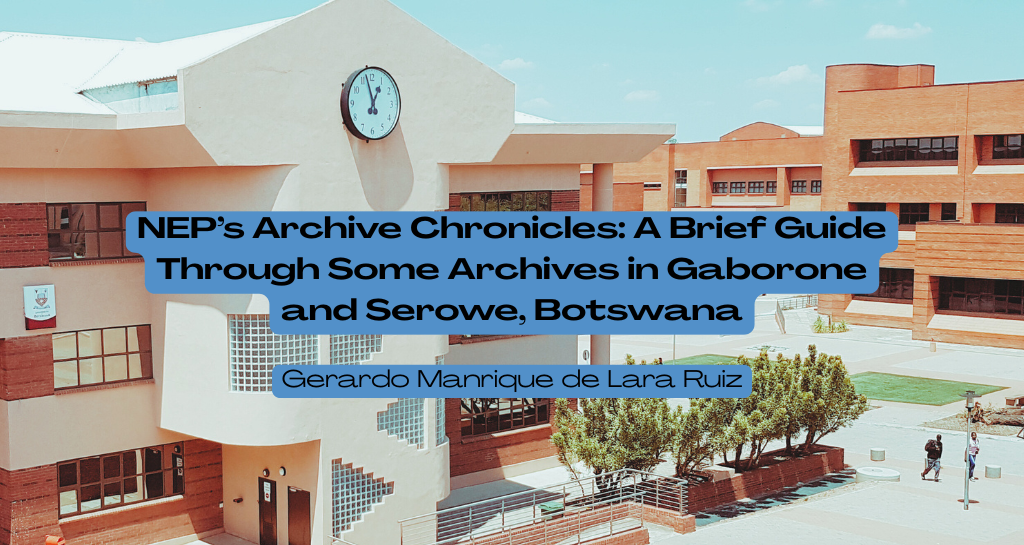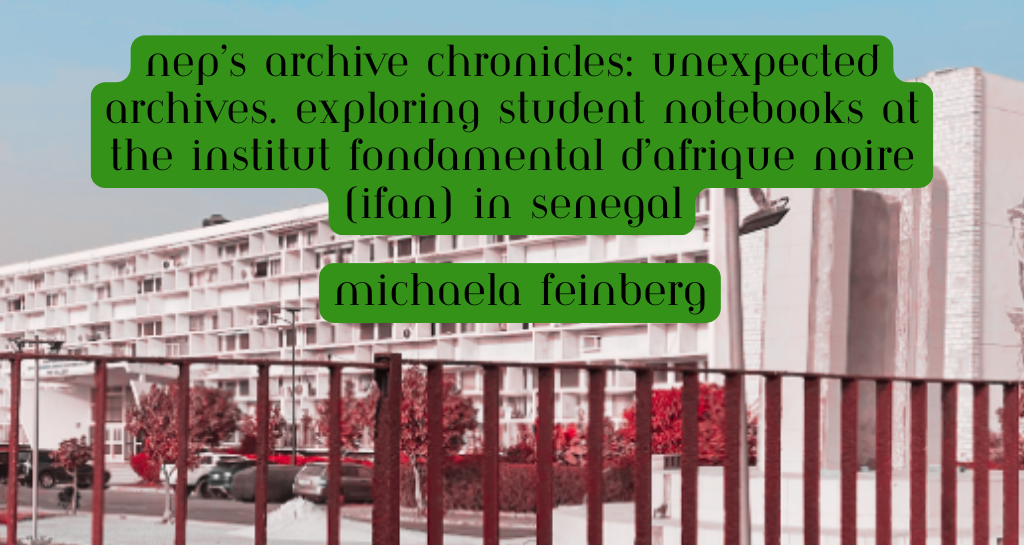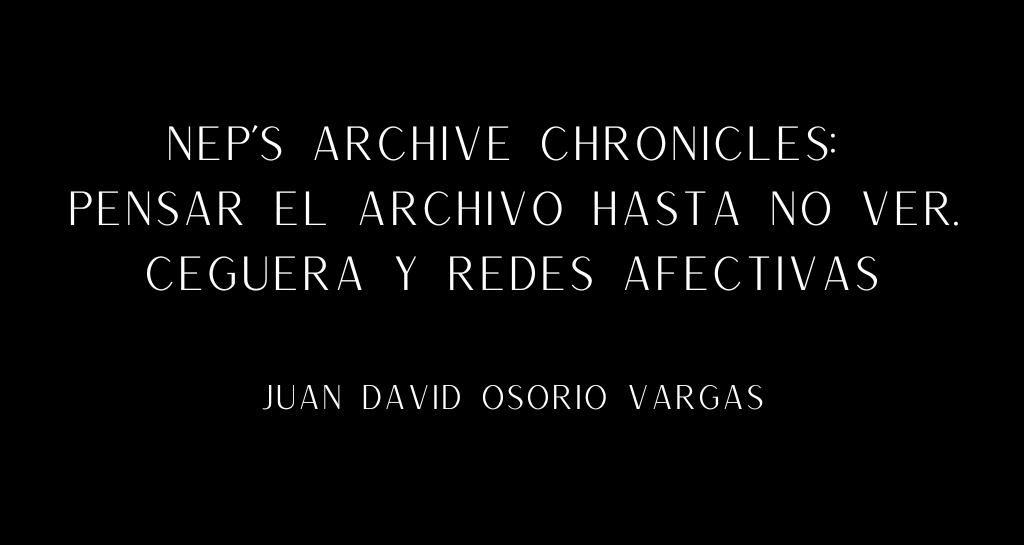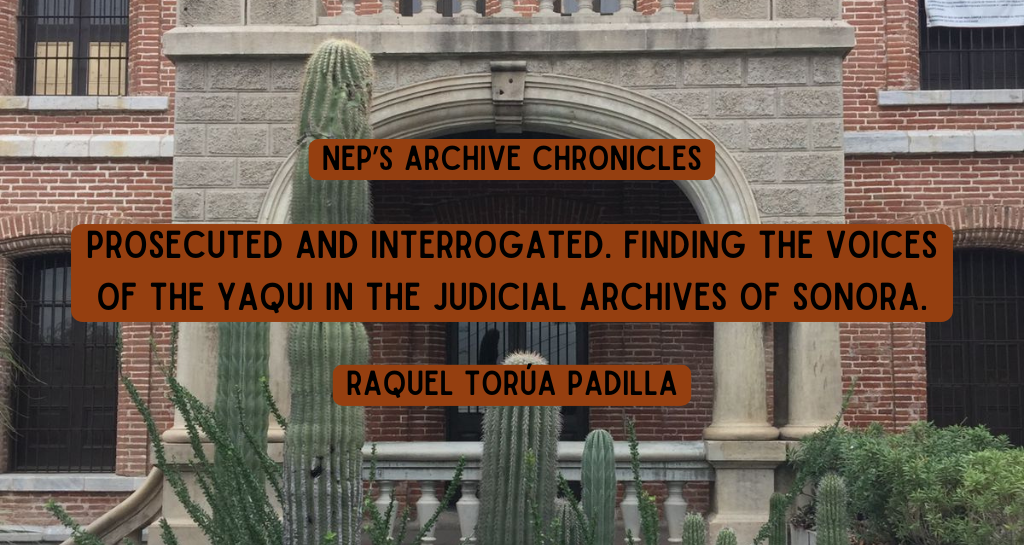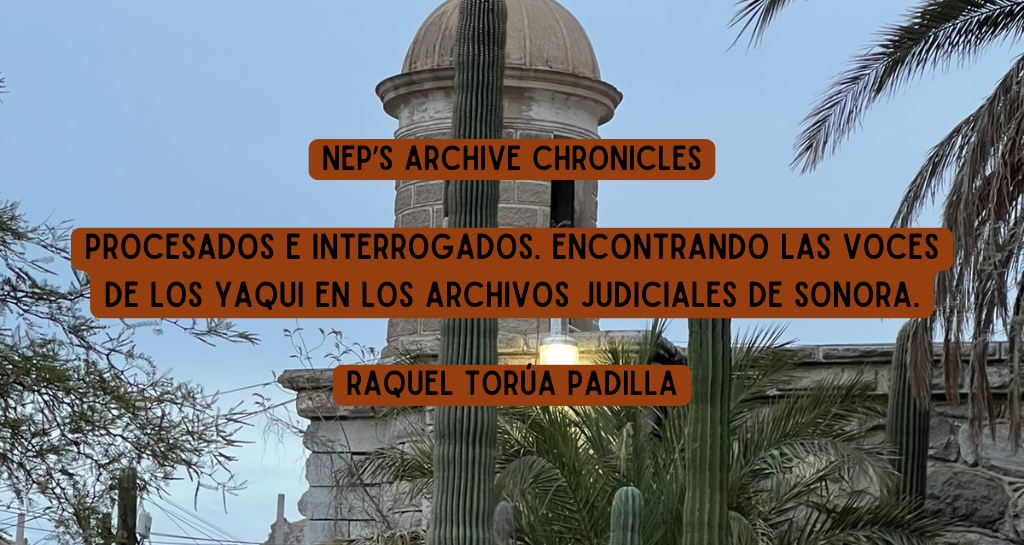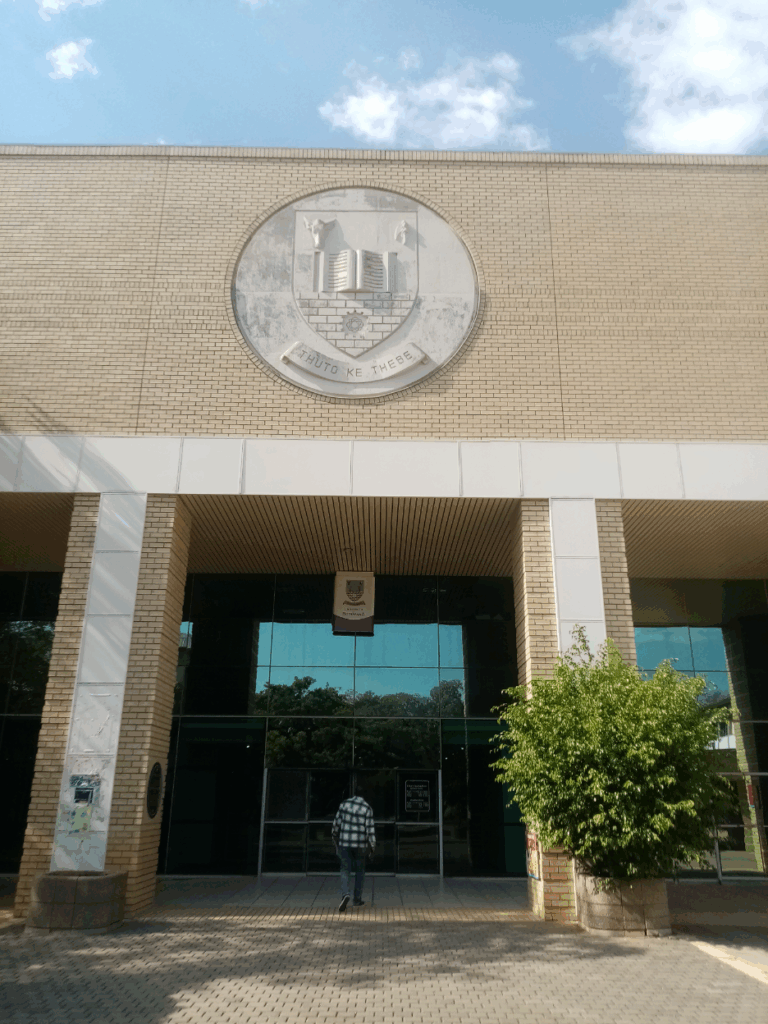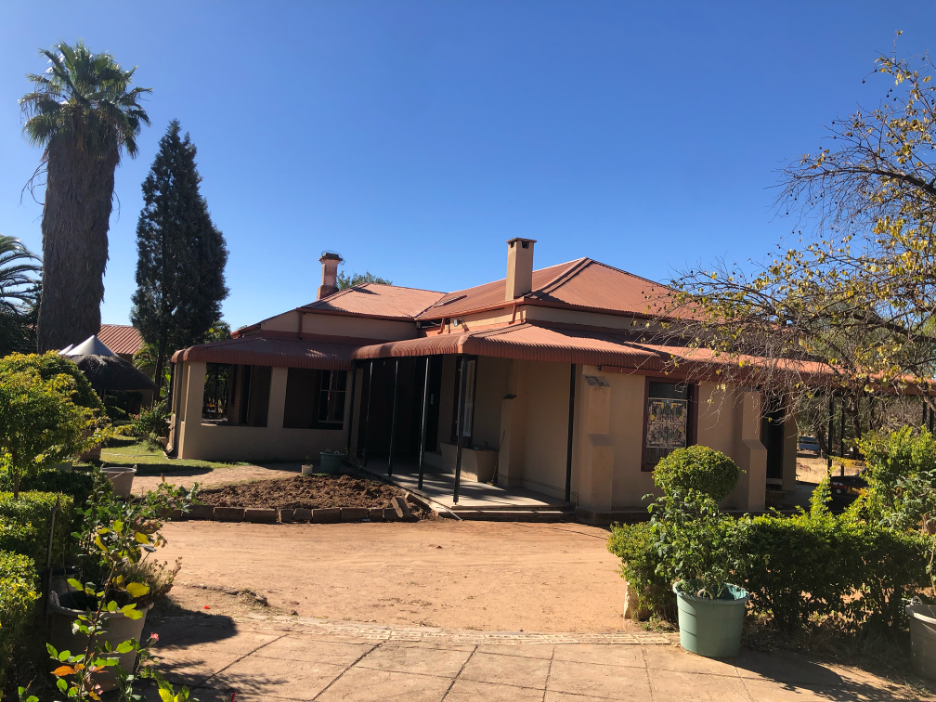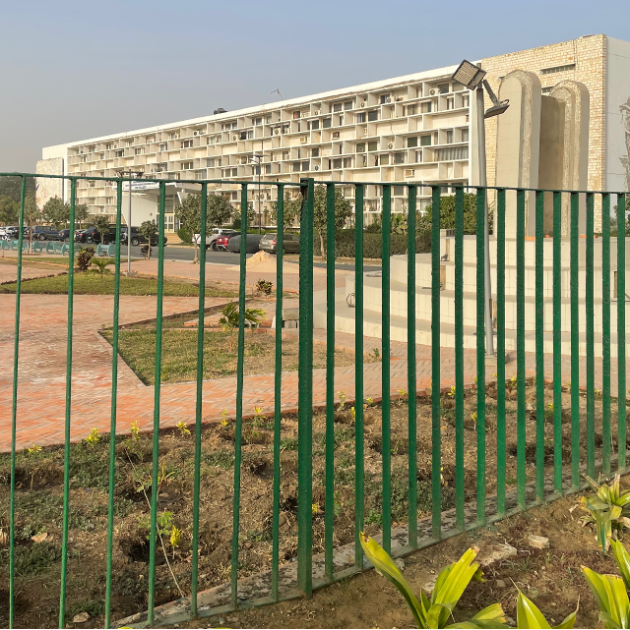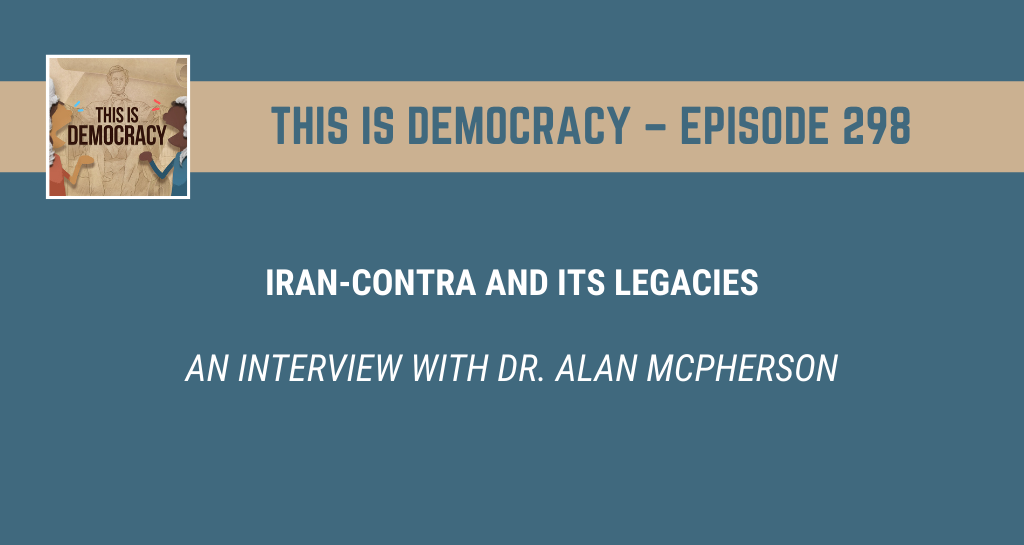
In this episode, Jeremi and Zachary Suri are joined by Professor Alan McPherson, an expert on US foreign relations who introduces his new book ‘The Breach: Iran-Contra and the Assault on American Democracy.’ Together, they discuss how this Iran-Contra scandal altered public trust in the American government and set troubling precedents for future administrations.
Zachary sets the scene with his poem titled “Same Old Lies”.
Alan McPherson is a professor of history at Temple University in Philadelphia. He is the author of numerous books on the history of U.S. foreign relations, including: The Invaded: How Latin Americans and their Allies Fought and Ended U.S. Occupations; Ghosts of Sheridan Circle: How a Washington Assassination Brought Pinochet’s Terror State to Justice; and, most recently, The Breach: Iran-Contra and the Assault on American Democracy.

